Depression can feel like a dark cloud that won’t lift, and many people wonder if nature offers a way out without the side‑effects of prescription pills. Below we break down the most talked‑about natural options, look at the science behind them, and help you decide what (if any) might fit into your own wellness plan.
What counts as a “natural remedy” for depression?
At its core, a natural remedy is any plant‑based supplement, lifestyle habit, or non‑drug therapy that claims to improve mood. It doesn’t mean the approach is automatically safe or proven - it just isn’t a synthetic pharmaceutical.
St. John's Wort is a perennial herb that has been used for centuries in European folk medicine. Its active compounds, hypericin and hyperforin, are thought to influence serotonin, dopamine, and norepinephrine pathways - the same chemicals targeted by many antidepressants.
Omega-3 fatty acids are long‑chain polyunsaturated fats most commonly found in fatty fish, flaxseed, and algae. EPA and DHA, the two main types, have anti‑inflammatory properties and appear to support brain cell communication.
Saffron is a spice harvested from the Crocus sativus flower. The vivid red threads contain crocin and safranal, which some studies suggest can boost serotonin levels.
Exercise isn’t a pill, but regular physical activity releases endorphins and neurotrophic factors that improve mood and cognition.
Mindfulness meditation trains the brain to stay present, reducing rumination - a key driver of depressive thoughts.
Light therapy uses bright white or blue light boxes to mimic natural sunlight, helping regulate circadian rhythms that are often disrupted in depression.
SAMe (S‑adenosylmethionine) is a naturally occurring molecule in every cell, involved in neurotransmitter synthesis. Supplements claim to boost mood by supporting these pathways.
Vitamin D deficiency is linked to low mood, especially in regions with limited sun exposure. Supplementation can correct a deficiency and may improve depressive symptoms.
Probiotics influence the gut‑brain axis; certain strains (e.g., Lactobacillus, Bifidobacterium) have shown promise in small trials for mood regulation.
How strong is the evidence?
Not all natural remedies are backed by the same amount of research. Here’s a quick snapshot based on systematic reviews published up to 2024:
| Remedy | Level of Evidence | Typical Effect Size | Common Side Effects |
|---|---|---|---|
| St. John's Wort | High - multiple RCTs, meta‑analyses | Moderate (comparable to mild‑to‑moderate SSRIs) | Photosensitivity, drug interactions |
| Omega‑3 Fatty Acids | Moderate - several large trials | Small‑to‑moderate | Fishy aftertaste, mild GI upset |
| Saffron | Moderate - 8+ RCTs | Small‑to‑moderate | Rare allergy, dose‑dependent GI symptoms |
| Exercise | High - robust cohort and intervention studies | Small‑to‑moderate, dose‑responsive | Muscle soreness if over‑done |
| Mindfulness Meditation | Moderate - meta‑analyses of RCTs | Small | Transient anxiety in beginners |
| Light Therapy | Moderate - strong for seasonal affective disorder | Small‑to‑moderate | Eye strain, headache |
| SAMe | Low‑to‑moderate - limited RCTs | Small | Digestive upset, rare mania |
| Vitamin D | Low - mixed results | Very small or none unless deficient | Hypercalcemia at very high doses |
| Probiotics | Low - emerging field | Very small | Gas, bloating |
In plain English, St.John’s Wort and regular exercise have the most consistent backing. Omega‑3s, saffron, and light therapy are promising but not definitive. The rest are still being explored.
Safety first - what should you watch out for?
Just because something is “natural” doesn’t mean it’s risk‑free. Here are the top red flags:
- Drug interactions. St.John’s Wort is notorious for kicking up the activity of liver enzymes that clear many prescription meds - from birth‑control pills to antidepressants. Mixing them can lower efficacy or trigger serotonin syndrome.
- Dosage matters. The therapeutic dose of saffron is roughly 30mg per day, far less than what you’d sprinkle on rice. Too much can cause nausea or dizziness.
- Quality control. Supplements aren’t as tightly regulated as pharmaceuticals in many countries, including Australia. Look for third‑party testing (e.g., USP, TGA‑listed GMP facilities).
- Underlying conditions. People with bipolar disorder may experience mood “switching” when taking St.John’s Wort or SAMe.
Before you start any supplement, a quick chat with a GP or pharmacist can spot obvious risks - it only takes a few minutes.
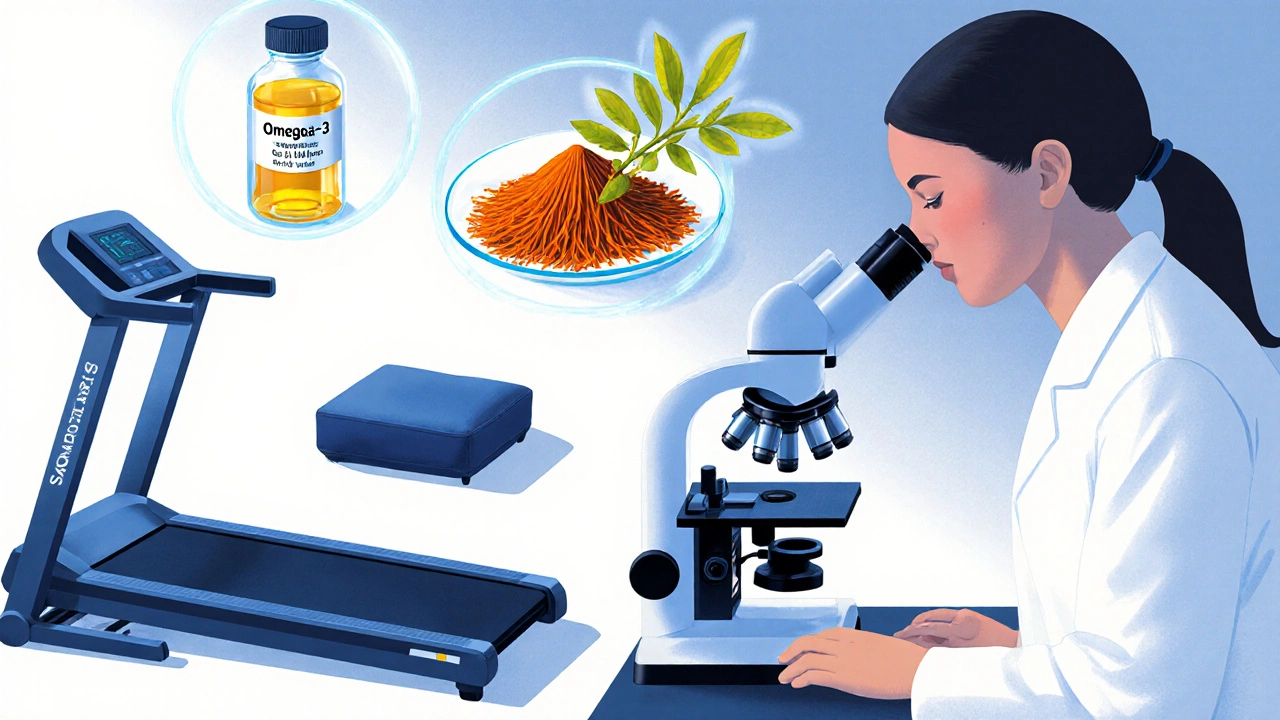
How to blend natural options with conventional treatment
Most mental‑health professionals recommend a collaborative approach. Here’s a simple 5‑step checklist you can follow:
- Get a baseline diagnosis. Know whether you’re dealing with mild, moderate, or severe depression. This guides how aggressive your treatment needs to be.
- List current meds. Write down every prescription, over‑the‑counter drug, and supplement you’re already taking.
- Pick one natural remedy. Start with the one backed by strongest evidence for your situation - e.g., St.John’s Wort for mild‑to‑moderate depression, **exercise** for any level, or omega‑3s if you’re already eating fish.
- Monitor and record. Use a simple mood journal (apps like Daylio work well). Track any side‑effects, changes in sleep, appetite, or anxiety.
- Review with a provider. After 4‑6 weeks, discuss your observations. Adjust dosage, add another safe option, or consider stepping up to medication if needed.
The key is not to stack everything at once. Give each strategy a fair trial - usually 4-8 weeks - before deciding if it’s helping.
Real‑world stories: what people are saying
Jane, a 34‑year‑old teacher in Melbourne, tried St.John’s Wort after a friend’s recommendation. She started with 300mg three times daily, and after five weeks reported a noticeable lift in mood and energy, with no major side‑effects. Her GP, however, advised her to pause her birth‑control pills for two weeks to avoid reduced efficacy.
Mark, a 45‑year‑old accountant from Perth, swapped his evening TV habit for a 30‑minute brisk walk. Within three weeks, his self‑reported PHQ‑9 score dropped from 12 (moderate) to 7 (mild). He adds that the walk also helped his sleep - a big win for someone who used to stay up scrolling.
These anecdotes echo the research: natural remedies can be helpful, especially when paired with lifestyle shifts and professional guidance.
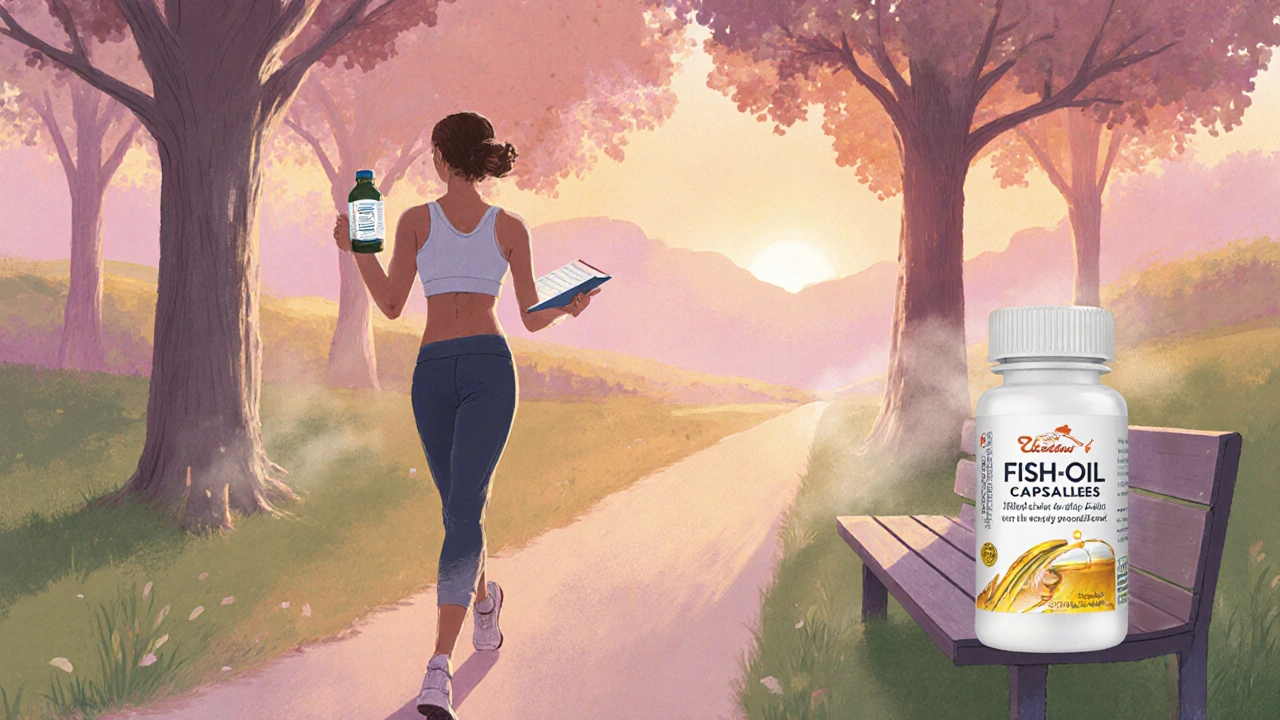
Quick reference checklist
- Confirm diagnosis and severity with a health professional.
- Check for interactions - especially with St.John’s Wort.
- Start low, go slow - e.g., 30mg saffron, 1g EPA/DHA.
- Track mood, sleep, side‑effects for at least 4 weeks.
- Re‑evaluate with a clinician; adjust or combine as needed.
Frequently Asked Questions
Can St.John’s Wort replace prescription antidepressants?
For mild to moderate depression, St.John’s Wort has shown comparable effects to some SSRIs in trials. However, it isn’t recommended as a sole treatment for severe depression, and it can interact with many meds. Always discuss with a doctor first.
How much omega‑3 should I take for mood support?
Research typically uses 1-2grams of combined EPA and DHA per day. Fish oil capsules, high‑quality algae oil, or eating two servings of fatty fish (e.g., salmon, sardines) can meet this target.
Is saffron safe for everyone?
At culinary doses, saffron is safe. For therapeutic use, stay under 30mg per day. Pregnant women should avoid high doses, and people on blood thinners should monitor clotting times.
Do probiotics actually affect depression?
The gut‑brain link is real, but evidence for mood improvement is still preliminary. Certain strains may help, especially if you have digestive issues, but they’re not a stand‑alone treatment.
How quickly can I expect to feel better?
Natural remedies usually take 4-8 weeks to show noticeable benefits, similar to many prescription antidepressants. Consistency and tracking are key.


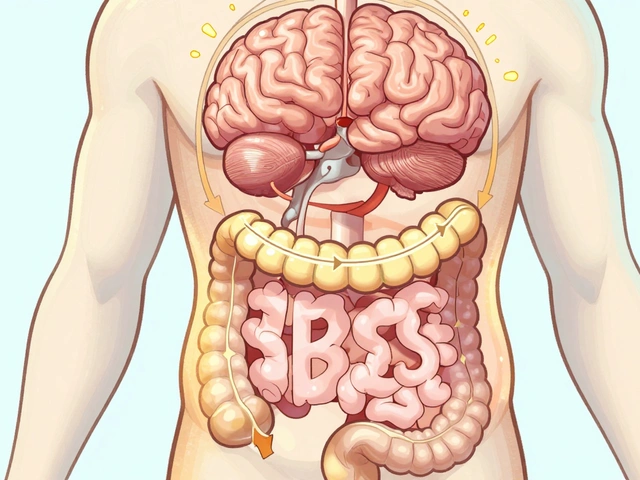
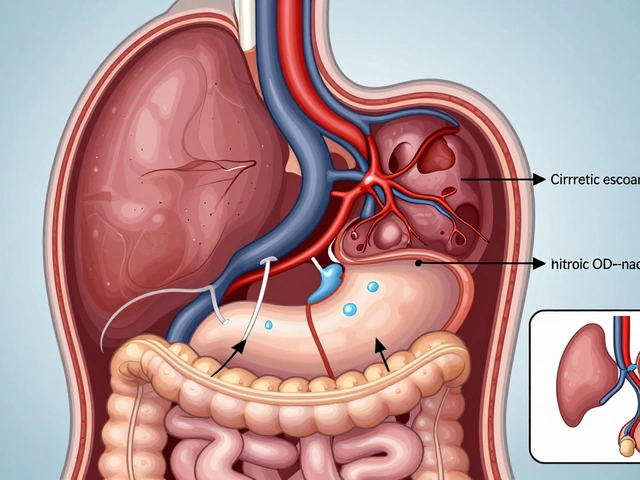
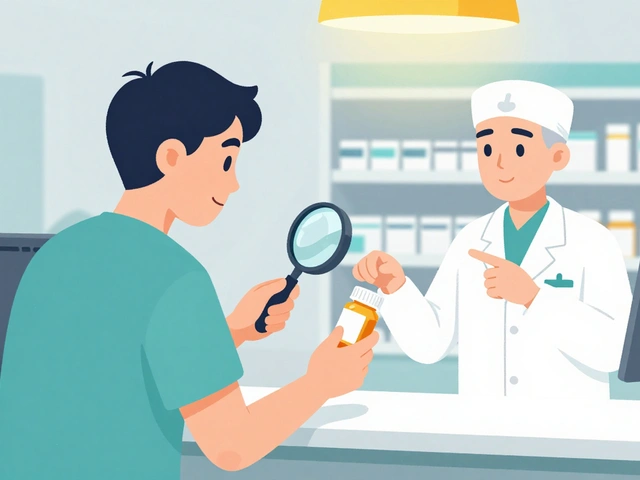
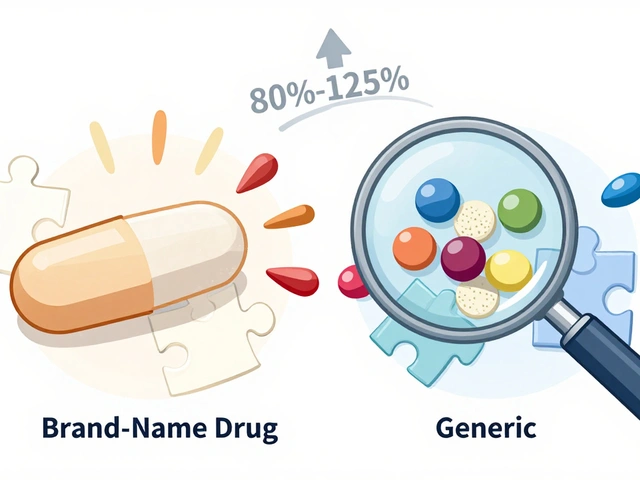
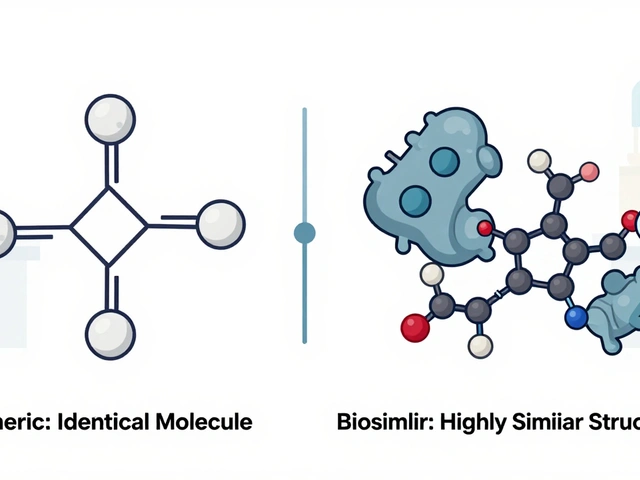
8 Comments
Yojana Geete
The realm of natural healing holds a certain allure that whispers promises of calm. Yet we must tread carefully lest the tides of enthusiasm drown us in false hope. St. John’s Wort, though centuries old, carries the weight of modern scrutiny. One cannot ignore the specter of drug interactions that linger behind its golden hue. In this dance of hope and caution we find the true essence of wise choice.
Jason Peart
Hey everyone, let me walk you through why I think a balanced approach can really change the game when it comes to natural mood boosters.
First off, you’ve got St. John’s Wort, which in many studies shows a comparable effect to mild SSRIs – that’s a big deal for folks who dread side‑effects.
But remember, it also messes with a ton of meds, so a quick chat with your doc is non‑negotiable.
Omega‑3s are another solid contender; the EPA/DHA combo supports neuronal health and is generally safe, though you might notice a fishy after‑taste.
Then there’s exercise – the ultimate free prescription – releasing endorphins and neurotrophic factors that keep the brain plastic.
Light therapy shines especially for seasonal patterns, and the risk is mainly eye strain if you overdo it.
Saffron is fancy but the research backs a modest boost in serotonin at just 30 mg a day – don’t start sprinkling a cupful on your rice.
Mindfulness meditation may sound “meh” to some, yet even a few minutes daily can curb rumination.
Probiotics are the new kid on the block; certain strains might help the gut‑brain axis, but evidence is still thin.
Vitamin D supplementation works best if you’re deficient; otherwise the impact on mood is minimal.
SAMe is interesting for some, but the data is limited and there’s a risk of mild GI upset.
Now, the key is to pick ONE thing at a time, give it 4‑6 weeks, and track your mood – apps like Daylio are perfect for that.
Jot down any side‑effects, sleep changes, or shifts in appetite; this log becomes your evidence base when you talk to a professional.
If after a month you see no improvement, either up the dose (if safe) or consider adding another low‑risk option – never stack everything at once.
Most importantly, keep your prescriber in the loop; they can spot dangerous interactions before they happen.
Bottom line: natural remedies can be powerful allies, but they demand the same respect, consistency, and monitoring we give any prescription.
Hanna Sundqvist
I bet the pharma giants are hiding the real cure.
Jim Butler
Absolutely love the thorough breakdown! 😃 If you’re looking for a practical start, lace up those sneakers and aim for a brisk 30‑minute walk most days – the mood lift is almost instant. And don’t forget to check the label on any St. John’s Wort you buy; third‑party testing is a must. 🌟
Ian McKay
While I appreciate the enthusiasm, I must point out the grammatical inconsistencies in the previous comment – namely the misuse of commas and the overreliance on emojis, which detract from a professional discourse.
Deborah Messick
One might argue that the obsession with “natural” cures is nothing more than a romanticized nostalgia that ignores the rigorous standards set by modern pharmacology. The evidence, though, remains uneven, and we must not let sentimentality eclipse scientific prudence.
Jolanda Julyan
Let me take a moment to expound upon the pivotal role that consistency plays when weaving natural remedies into one’s mental health regimen. It is not sufficient to dabble intermittently; one must adopt a regimented schedule, documenting each dose with meticulous precision. Moreover, the synergistic effect of combining moderate exercise with a calibrated omega‑3 supplement can amplify neuroplastic adaptations far beyond what either could achieve in isolation. I would also caution against the naïve assumption that “natural” equates to “harmless,” especially in populations prone to bipolar oscillations where St. John’s Wort may catalyze mania. Finally, a disciplined approach to light therapy – adhering to a fixed morning exposure window – safeguards circadian alignment, thereby reinforcing the therapeutic cascade initiated by dietary and behavioral interventions.
Kevin Huston
Whoa, slow down there, you’re practically turning a simple wellness plan into a military operation! Let’s be real – most of us can’t afford a personal trainer, a nutritionist, and a full‑blown lab test every month. Throw in a dash of patriotism and you’ve got “America’s greatest natural fix” – but nutrition isn’t a badge of honor, it’s basic self‑care.